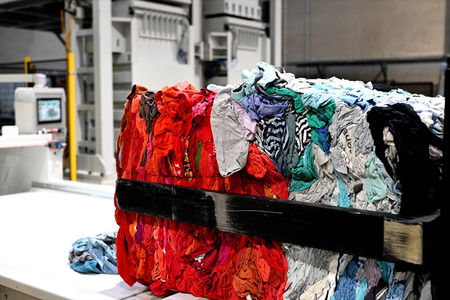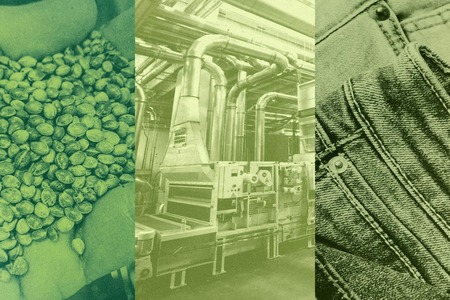
New recycling method transforms textile waste management
YarnsandFibers News Bureau 2024-07-12 16:16:50 – USAResearchers from the University of Delaware have developed an innovative chemical recycling strategy that breaks down polyester and spandex into useful monomers while leaving cotton and nylon intact and ready for reuse. This method could significantly increase the recycling rate of textile waste, reducing the need for extensive sorting and separation processes.
The fast fashion industry produces around 100 billion clothing items annually, contributing to an estimated 92 million tons of global textile waste each year, much of which ends up in landfills or incinerated. Erha Andini from the University of Delaware highlights that less than 1% of this waste is recycled due to the complex mixture of fibers and additives in most clothing, making separation and sorting labor-intensive and inefficient.
Andini and her colleagues have demonstrated a simple and fast chemical recycling method using microwave-assisted glycolysis with a zinc oxide catalyst to separate polyester, cotton, nylon, and spandex in mixed textile waste. This approach addresses the inherent complexity of modern textiles, as noted by James Clark from the University of York. Despite its promise, Andini acknowledges challenges in scaling the process, such as managing the impact of dyes and finishes and ensuring economic viability.
Market Intelligence
Ask for free sample Report

experience
Customer Base
dedicated team
Countries Served Worldwide









